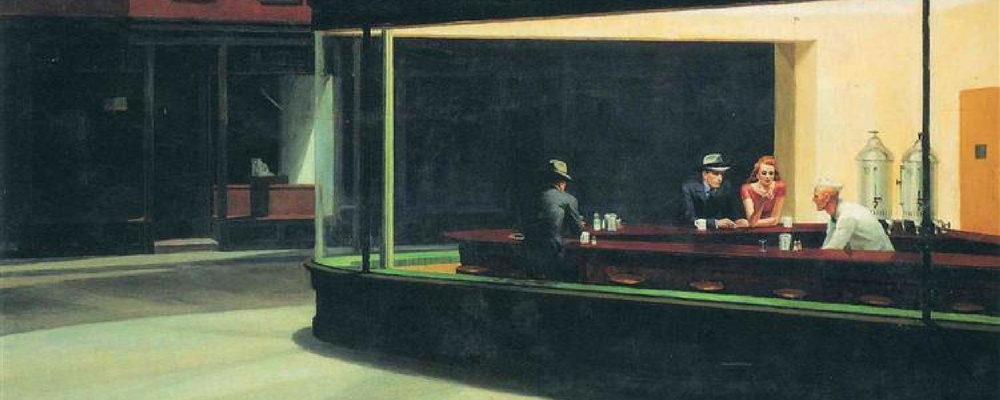
In 2013, Google conducted a study called Project Oxygen to determine its top employees’ most important qualities. The idea was to test its hiring algorithms, which were set at the time to sort for elite computer science students from top universities. The study concluded that STEM expertise – widely revered at Google – was the least important quality of the eight discovered. Founding director of the Futures Initiative Cathy N. Davidson elaborates in The Washington Post:
“The seven top characteristics of success at Google are all soft skills: being a good coach; communicating and listening well; possessing insights into others (including others different values and points of view); having empathy toward and being supportive of one’s colleagues; being a good critical thinker and problem solver; and being able to make connections across complex ideas.
Those traits sound more like what one gains as an English or theater major than as a programmer. Could it be that top Google employees were succeeding despite their technical training, not because of it?”
Read More

We all know the story. It was 1980 at the height of the Cold War. The United States hockey team, in an incredible feat known as the Miracle on Ice, beat the Soviet Union to claim the Olympic gold. For most, the fairytale ends there, the American team victorious.
But on the Soviet team’s flight back to Moscow, another story unfolded. The coach began to insult individual players and dole out unfair blame. A defenseman named Valeri Vasiliev furiously interrupted and, in a brave moment of protest, reprimanded the coach and demanded he take back his comments. The Soviet team went on to become the pre-eminent power in world hockey, virtually unbeatable for the next four years.
So what does this have to do with Books@Work?
Read More

Throughout a colorful and productive career, Pablo Picasso exposed form and color, disassembling his subjects and reshaping them in ways that at once obfuscated and illuminated them. In 1923, in a famous written statement, Picasso defended his craft to those who failed to understand his motives and his work: “We all know that Art is not truth. Art is a lie that makes us realize truth.”
So how does this truth-revealing “lie” apply to Books@Work?
Read More

At first, some are skeptical of the role literature can play in corporate settings. After all, a novel (or short story or play) can take a long time to make even a single point about human experience. In Hamlet, for example, Shakespeare expends 30,000 words to provide a window on the pitfalls of decision-making. Wouldn’t a short article (or even a PowerPoint presentation) more efficiently summarize the salient factors that produce good or bad decisions for work teams? But what might we miss?
Read More

Many of us have experienced a workplace happy hour. Maybe it’s a weekly thing: HR plans the outing, picks the bar, and you and your colleagues leave a few minutes early each Friday to grab drinks together. It’s a wonderful way to shrug off the workday worries and share laughs with colleagues outside the context of work. But how much do you bond with people at happy hour? Do you get to know the colleagues who work in a different department or on the opposite side of the building – or do you talk to the people you already know?
Read More

It’s hard to pick up a business journal without reading something on the importance of workplace culture, whether linked to productivity, employee contribution, creativity and innovation, or even physical workspaces. But how to create a strong, inclusive culture remains elusive, and the “right” starting point – more mysterious still! Should it be top down? We know that leaders are important models of desired behaviors. Or should it be bottom up? If we want every employee to consider his/her role in the culture of the organization, owning the challenge becomes critical. How should we organize our workplaces?
Read More

As a shy, dreamy teenager who wrote poetry and often lived more fully with the fantasies in my head than in the real world, I could easily relate to Jacqueline Woodson’s lyrical Another Brooklyn. The opportunity to talk about the book with a diverse group of paraprofessionals from two suburban schools intrigued me. Would they take to a book with such a poetic, impressionistic writing style?
Read More

Creative writers who are just starting out often hear the same piece of advice. They must hone their ability “to familiarize the strange and mystify the familiar,” in the wise words of Toni Morrison.
The concept is called “defamiliarization.” Coined in 1917 by Russian literary theorist Viktor Shklovsky, it’s the notion that by presenting something familiar in a strange way (or vice versa), we come to understand it more deeply. But when you really think about it, don’t we encounter defamiliarization every day – in real life, not just in the books we read?
Read More

Wellness initiatives are on the rise in the American workplace: according to the Global Wellness Institute (GWI), 72 percent of U.S. employers from 2010 to 2015 purchased services to address employees’ health risks and promote healthy lifestyle choices. It’s more and more common for companies to offer gym membership reimbursements or standing work desks – anything to keep employees healthy, well and ready to work.
And yet the many programs that encourage employees to quit smoking, to lose weight, or to get their flu shot all share a pretty glaring blind spot.
Read More









